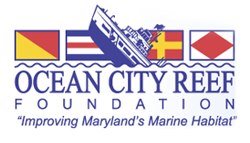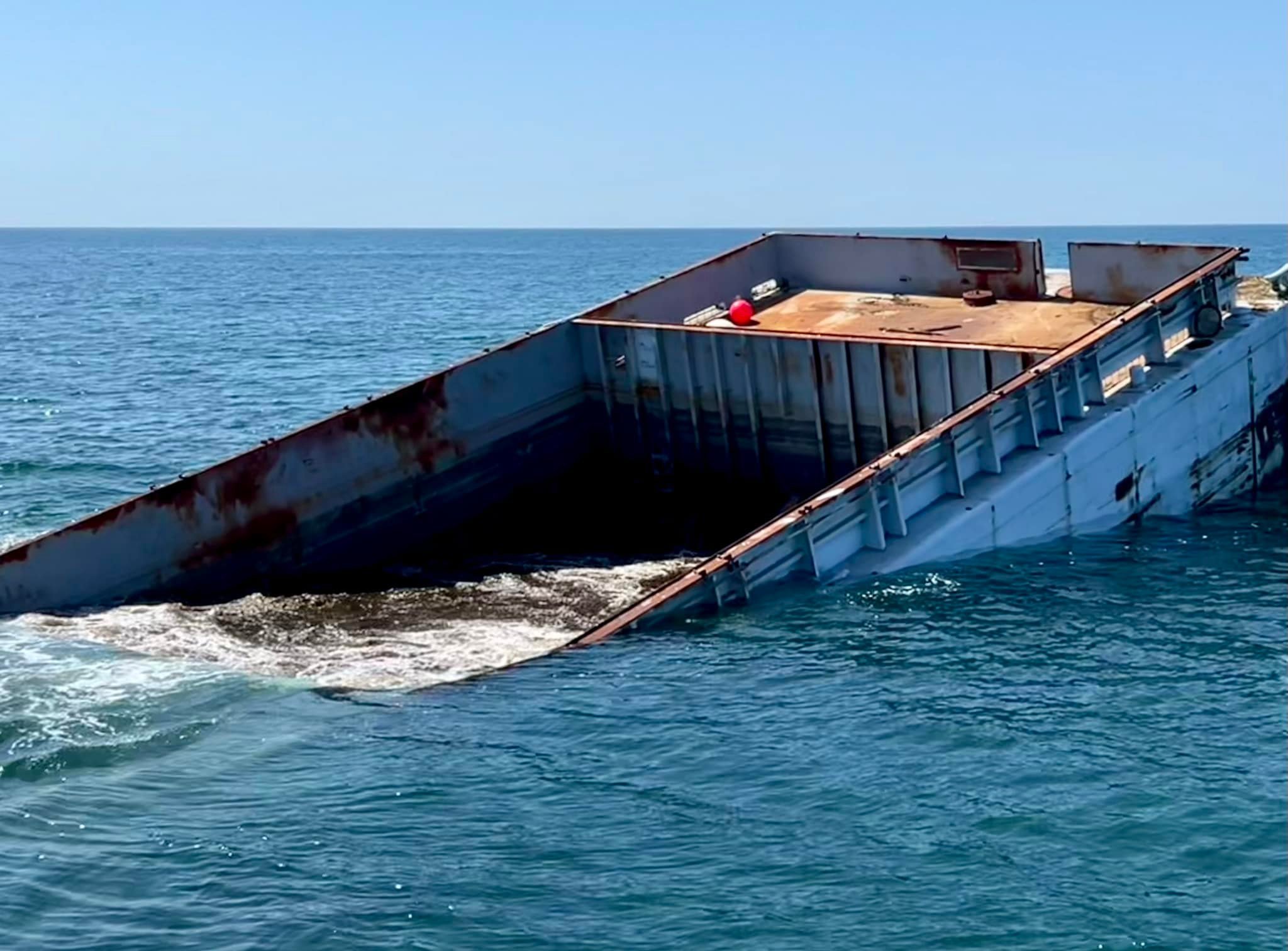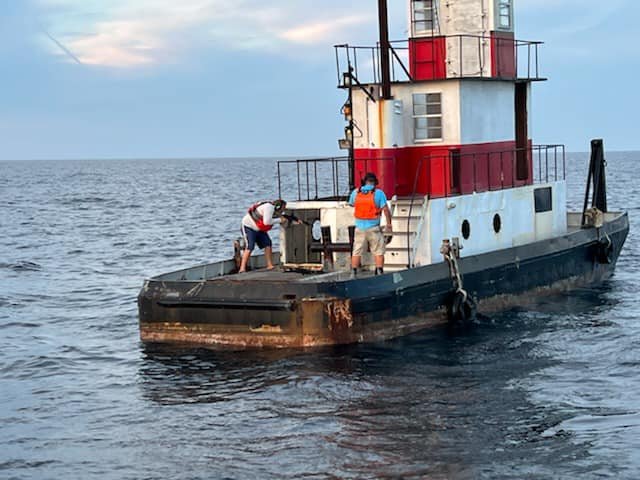
The Ocean City Reef Foundation
It’s As Simple As Rolling Rocks Off A Barge
The Ocean City Reef Foundation is a nonprofit organization that was created in 1997 when the Maryland Department of Natural Resources terminated their reef-building program. The foundation is sponsorship driven & committed to the enhancement, even restoration, of Maryland’s seafloor by deploying reef substrates and monitoring coral coverage. Growth on new substrate begins almost immediately. Our reef deployments become encrusted with mussels, bryozoans, hydrozoans, and eventually, coral. These growths serve as shelter for a wide variety of fish, crabs & shrimp. All taken together - We’ve Created Reef.
The Ocean City Reef Foundation depends on donations to continue building reef off the Atlantic coast of Maryland.
Most of the ocean floor off Maryland consists of gradually undulating shoals and troughs comprised of sand, broken shells over mud or clay. This relatively simple landscape is inhabited by organisms capable of burrowing into the bottom sediments for shelter (eg., clams and worms); those that carry their own defenses (eg., sea robins, rays, and skates); or are nomadic schooling animals that either filter food from the water, such as menhaden, or grub food from the bottom, such as drum, dogfish, skates, and rays.
When solid structures are encountered a much more diverse population of animals can be accommodated. In tropical waters structured communities are, typically associated with coral reefs. In the Mid-Atlantic, structured communities are associated with rocky outcroppings, wrecks, and live bottoms. Rocky bottom is rare off Maryland and once prolific live bottom areas have been severely reduced due to industrialized harvest practices. Shipwrecks support important fisheries off our coast but these wrecks are disintegrating with the passage of time and are not being replaced rapidly enough to offset the decline. Shipwrecks also are environmentally unhealthy and often occur at inconvenient locations. A managed reef program provides a means for placing structured habitats at optimum locations with minimum adverse environmental and social impacts.
Our program uses any environmentally acceptable material to start the reef construction process. The key factors in accepting material are that they are:
free of oil, floatable items such as wood or light plastic, toxic materials, and any other items that will not benefit marine resources
reasonably durable (we use a 20-year projected period for the material remaining intact as a guideline)
stable enough on the bottom at selected locations to stay within the boundaries of our permits.
suitable substrate for a fouling community
of suitable structural qualities to provide shelter for reef fish and invertebrates.
Materials that have been used include, but are by no means limited to:
Ships, boats, barges, a submarine and other vessels
Concrete rubble and damaged culvert
Military tanks and combat vehicles
Specially designed concrete, pre-cast reef units
Former underwater communications cable
Heavily ballasted tire units
Heavy scrap steel and iron pipe and other large items
We prefer to use specifically designed and proven reef habitat modules when funding is available
All these materials serve as the starting point for a reef community. Fouling animals such as barnacles, mussels, sponges, and coral use the new material as a foundation to create a living reef that is no different than other so-called natural reefs. These in turn host populations of fish, lobsters, crabs, and shrimp that feed on the reef and are food for other critters.






